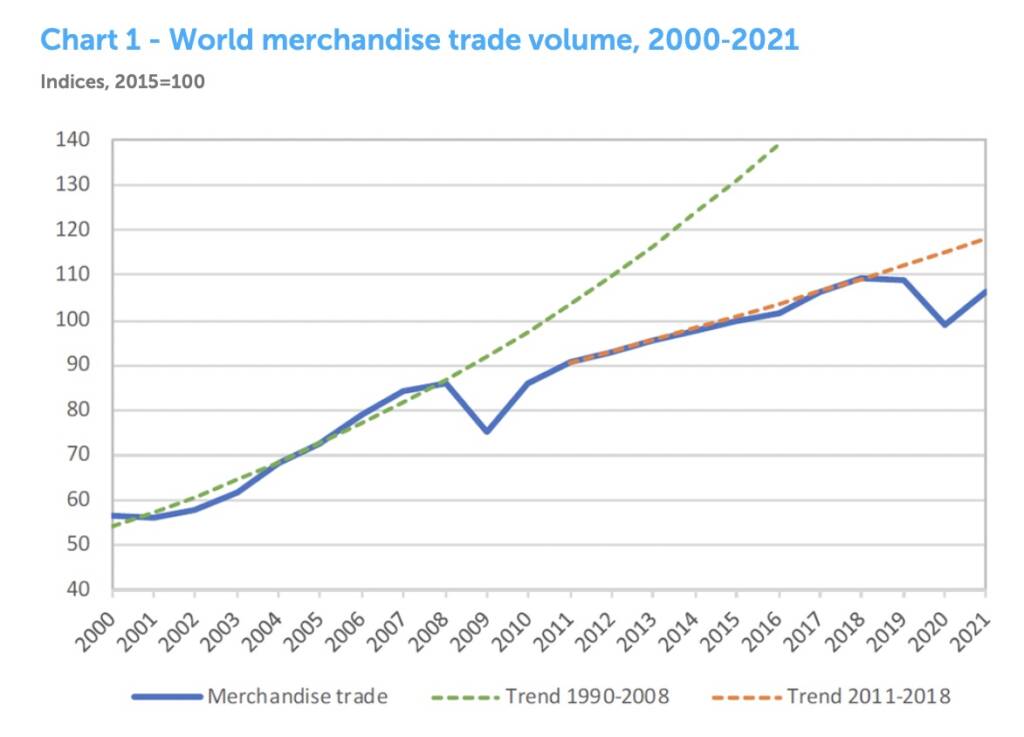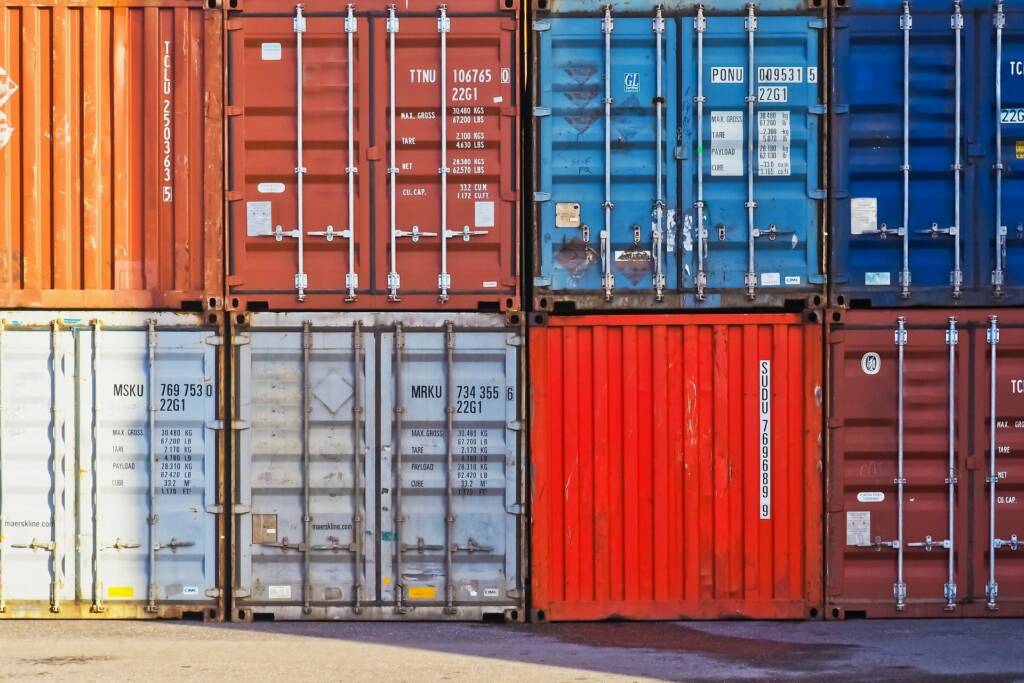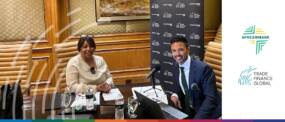COVID-19 has had a severe overall effect on global trade, with disruptions to supply chains and government-enforced lockdowns damaging business across the globe. According to OECD reports, global GDP was projected to fall by 4.5 percent in 2020 with a pick-up of 5 percent in 2021. However, as countries are being hit by new waves of the virus, the expected 2021 recovery will be slower than forecast. MSMEs, who by their nature have limited capital and personnel resources, are overrepresented in sectors such as wholesale distribution, which have been heavily hit by this downturn in business activity.
Monetary and fiscal measures provided by governments across the globe to ease the burden on MSMEs have provided some relief, but this is not sustainable and as support is reduced, it is expected that the level of insolvencies will increase. This will shake business confidence at a time when any increase in economic activity translates for the surviving, but financially weakened, MSMEs into a more immediate need for working capital finance, as they look to take advantage of a recovering order book.

Therefore, the demand for finance, which in 2020 was primarily provided to enable MSMEs to survive, will switch later in 2021 to a requirement for working capital finance to support growth and recovery. Experience has shown that banks and other mainstream lenders with heightened concerns regarding credit quality will, in a post-pandemic environment, be more cautious as the recovery takes hold. This will provide opportunities for independent lenders and fintechs to step in as they did post the financial crash of 2008/9.
Some areas of manufacture and distribution have prospered during the pandemic. The market for personal protection equipment (PPE), for example, has grown by over 30 per cent in 2020 with buyers forced to make large deposits and pay inflated prices, to secure supply. Online shopping has also increased in the sale of home-related products as many more people have been forced to isolate or work remotely.

In the developing world, the financing of MSMEs has always been cited as challenging. The World Bank, for example, estimates a finance gap of $5.2 trillion centred mostly in emerging markets, where the availability of such working capital finance has been limited. One reason for this is that in many jurisdictions, lenders have not had the legal cover to perfect their security in current assets such as debtors or inventory. 2020 saw some progress in this regard in Asia where countries such as China, the Philippines, Thailand, and Vietnam have taken steps to strengthen their legal infrastructures to support the recording of receivables as security.
Legal and regulatory reform to support receivables financing are much welcome by many of the banks in these regions. They have previously resisted the call to provide supply chain financing, and are used to relying on property and other fixed assets as their security. Not only will mindsets need to change, but also there will need to be increased training and education to make the banks more comfortable when operating such current asset finance solutions.
“Not only will mindsets need to change but also there will need to be increased training and education to make the banks more comfortable when operating such current asset finance solutions.”
Supply chain finance for many translates into the payables finance programmes, where major corporates team up with banks and specialist third party platforms to provide earlier settlement with their suppliers. In today’s COVID-19 environment, these programmes are proving their worth as a means for major corporates protecting key suppliers during this economic turbulence. Yet the challenge and cost of onboarding, alongside KYC and AML, has resulted in many MSMEs being excluded from these programmes.
For many years, we have been advocating for banks and others to work in partnership and support each other when onboarding suppliers on SCF programmes and to cover off KYC and AML requirements. FCIreverse is a factoring association approach to this and, with the digitisation of data, there will be increased opportunity to extend the reach of payables finance programmes to include the “long tail” of suppliers who miss out on the benefits today.
The pandemic has highlighted the need for trade and supply chain finance to become less paper intensive and for the industry to embrace a more digitised approach. Great strides are being made as the banks and others progress various initiatives to digitise the current paper dominated world of trade finance. Enigio, a Swedish based Fintech, has developed the concept of a digital original document expressed through an electronic record that has all the same properties of paper. This is an approach that ITFA has embraced with the development of its Electronic Payment Undertaking which can be adapted to support receivables financing where the taking of an assignment is difficult or prohibited.
Data driven lending is another developing approach where technology providers such as Trade Ledger are promoting the mining of transactional data with real-time monitoring capability, to enable the more innovative banks and non-bank financers to provide end-to-end financing of supply chains through a seamless delivery, with business receiving finance and risk mitigation at the point of need. Any adoption of this approach to lending will be of great benefit to MSMEs, who as the weakest party in a supply chain, often require financing on a pre-shipment basis to support their business activity.
Read our latest issue of Trade Finance Talks, Spring 2021, here

 Australia
Australia Hong Kong
Hong Kong Japan
Japan Singapore
Singapore United Arab Emirates
United Arab Emirates United States
United States France
France Germany
Germany Ireland
Ireland Netherlands
Netherlands United Kingdom
United Kingdom














Comments are closed.